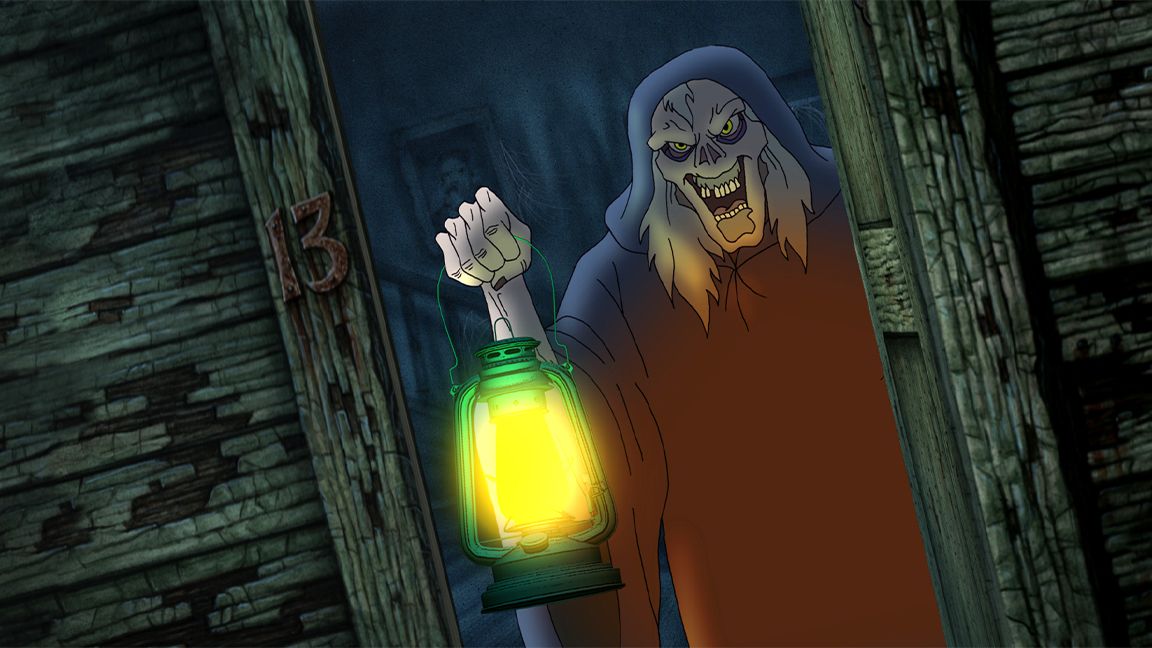
From Night of the Living Dead to Evil Dead 2: Rick Catizone's Animation Journey
As Halloween approaches, the air thickens with a sense of nostalgia for classic horror films. This year, my attention is drawn to the remarkable insights of Rick Catizone, a legendary animator who has been shaping the genre for over 50 years. Recently, Catizone reflected on his illustrious career, from his early work on "Night of the Living Dead" to his contributions to "Evil Dead 2" and the modern series "Creepshow" on Shudder. His journey reveals the evolution of animation and its integral role in horror storytelling.
Catizone’s fascination with animation began as a teenager, sparked by the works of Ray Harryhausen. He vividly remembers seeing a magazine feature showcasing Harryhausen holding models from "Mighty Joe Young." It was an epiphany, leading him to create his own crude puppets and explore the world of stop-motion animation during a time when resources were scarce. “I was fortunate to find an animation studio in Pittsburgh, the only one outside New York and Los Angeles,” he recalls. This opportunity laid the groundwork for his future endeavors.
Also Read:- Jets Explore Kicker Options as Zuerlein's Performance Wavers
- Understanding the Recent Confusion Surrounding Premium Bonds Payments
His work on "Night of the Living Dead" included creating the iconic animated end sequence, which became a signature of the film. This was followed by a pivotal role in "Evil Dead 2," where he designed and animated the memorable 'crawling hand' sequence, a fan favorite that showcased his innovative techniques. Catizone described how he developed armatures for various puppets, including Henrietta, to create stunning visual transformations on screen.
One of the most interesting techniques Catizone employed involved using hard wax to create head replacements, allowing for seamless character transitions between states of possession. “The beauty of stop-motion lies in the meticulousness of the process, which requires discipline and precision,” he notes. Catizone’s approach reflects a deep understanding of both the technical and creative aspects of animation, where every frame must align perfectly to bring characters to life.
His experience with "Creepshow" and "Creepshow 2" further illustrates his ability to blend traditional techniques with innovative storytelling. In "Creepshow 2," he was granted creative freedom to design and animate many characters, working closely with longtime friend Mike Gornick, who directed the film. Their collaboration was a testament to the importance of trust and camaraderie in the creative process.
Throughout our conversation, Catizone expressed his pride in his contributions to the horror genre, emphasizing that even in an age of digital animation, the core principles of stop-motion remain unchanged. He urges aspiring animators to pursue their passions, regardless of the tools at their disposal. “Start with simple things, like making a character jump or walk. It’s about bringing your ideas to life, not the equipment you have,” he advises.
Rick Catizone’s journey is an inspiring testament to the power of creativity and resilience. As we celebrate Halloween and reflect on the legacy of horror films, his work serves as a reminder of how animation can elevate storytelling, bringing to life the monsters and visions that haunt our imaginations. With his ongoing contributions to projects like Shudder’s "Creepshow," Catizone continues to influence and inspire the next generation of animators, ensuring that the art of stop-motion remains alive and thriving.
Read More:


0 Comments